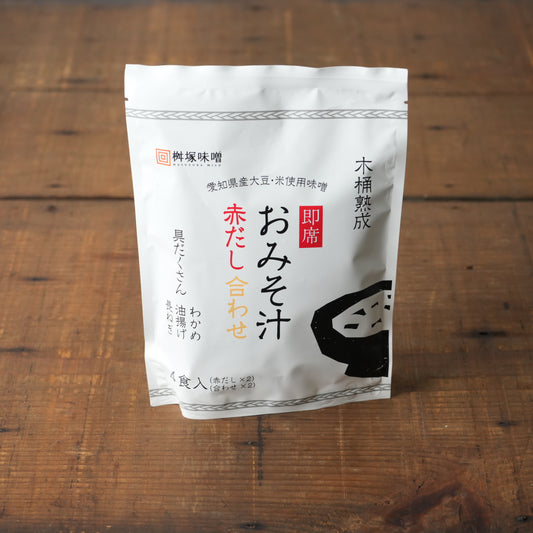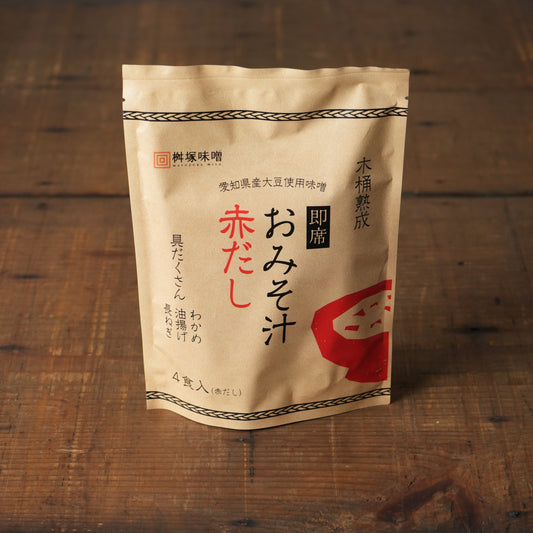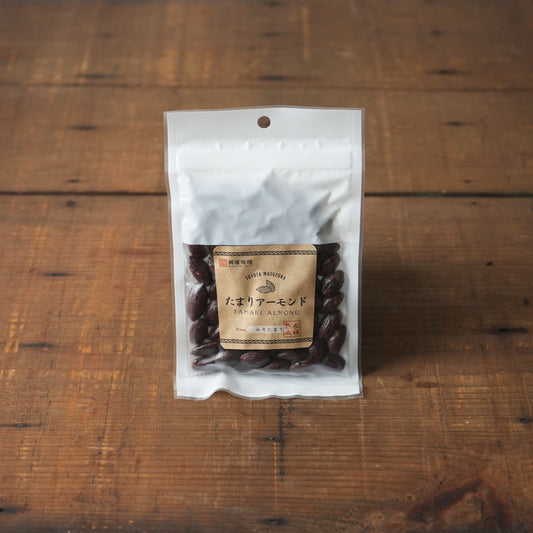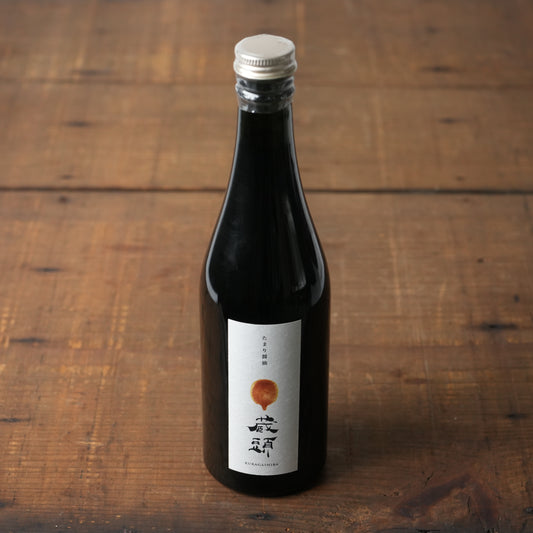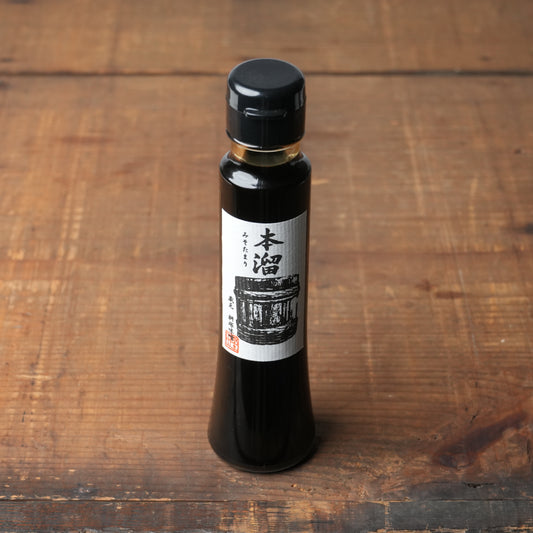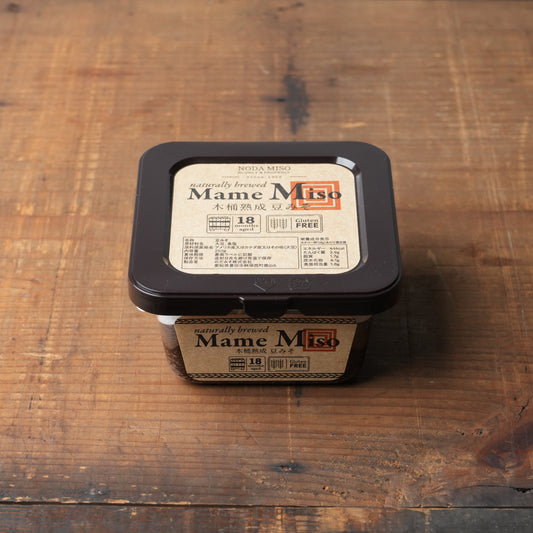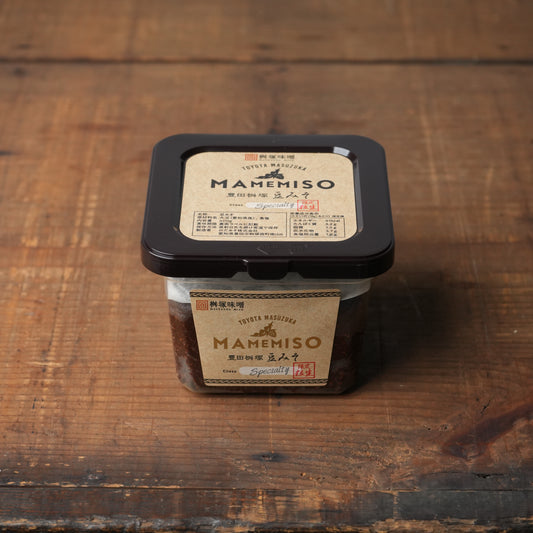They Don’t Just Make Miso — They Raise It
Miso production today is largely industrialized, relying on mass fermentation in metal or plastic tanks.
Because of this, traditionally brewed miso aged in wooden barrels now accounts for only about 2% of total production in Japan.
There is only one remaining company in Japan that still makes these wooden barrels, and the craft itself is now on the verge of extinction.
To protect one of Japan’s largest wooden-barrel breweries — and preserve traditional Japanese food culture — Noda Miso Co., founded in 1928 as a contract miso producer, now maintains and restores around 400 giant wooden barrels, continuing to nurture miso with care and dedication.
The ingredients they use in their towering barrels are simple but carefully selected: non-GMO certified soybeans sourced from trusted farmers, domestically produced salt, and precious underground water from the Yahagi River, which flows from the Central Alps.
Their soybeans are mostly grown in Aichi, where they are based. They visit farms, speak with growers directly, and enter into cultivation contracts whenever possible.
They don’t add heat to speed up fermentation, nor do they use additives to boost flavor. Instead, they rely entirely on natural fermentation, allowing time and nature to slowly nurture the miso — a process that’s far from efficient but full of soul.
The miso they lovingly nurture is fondly known by the local name, Masuzuka Miso.

What Is Their Hatcho Miso
Among Japan’s traditional foods, mame miso (soybean miso) stands out as one of the oldest and most nutritious types.
Hatcho Miso is a variety of mame miso, made using a traditional method known as miso-dama, which ensures stable fermentation even in Japan’s hot, humid climate by applying koji directly to formed balls of soybeans.
Only soybean miso made in Aichi Prefecture using specific ingredients, processes, and aging techniques that meet strict standards can legally be called Hatcho Miso.
They age their miso in wooden barrels for 18 months, with a total of about two years before it is ready to eat — much like how wine is aged in oak casks.
Because of the long fermentation, the soy protein is thoroughly broken down, resulting in rich, complex umami.
Compared to general mame miso, their Hatcho Miso has softer astringency and acidity. When used in miso soup, its deep flavor seeps into both body and soul, offering a sense of comfort and relief.
Their miso is even used at Yabaton, a famous Nagoya restaurant specializing in miso katsu — a seal of quality in itself.
![]()

Preserving Tradition for the Future
In the past, miso was made at home — known as temae miso. Today, they actively encourage this tradition by hosting handmade miso workshops in both Aichi and Tokyo.
They also welcome around 3,000 children every year for brewery tours, where their president personally teaches the next generation not just about how miso is made, but about the deeper meanings of food — that eating is living, that love for family and hometown grows through food, that wasting food was unthinkable in the past — it was natural to value every bite, and that the phrase itadakimasu, said before eating, expresses deep gratitude for the food and all who made it possible.
For over 30 years — long before “food education” became a recognized term — they have been teaching lessons that aren’t found in textbooks, sharing the values of gratitude, sustainability, and community from inside their traditional brewery.
At the on-site shop next to the brewery, they sell raw miso scooped directly from the wooden barrels, including “toro miso”, a rare and creamy portion from the center of the vat that makes up only about 5% of the total volume.
They wrap their products in old newspapers to avoid unnecessary packaging — always thinking of the planet.
They don’t aim to produce or sell large quantities. Instead, they hand over miso they’ve nurtured with care — miso they truly believe in.
They are a traditional miso maker, committed to the future of the Earth — and to preserving the human connections that food has always brought to life.

A closer look (read blog)
Visiting the Brewery→






